If you have non-induction cookware and want to use it on an induction cooktop, there are a few things you can do.
You may use non-induction cookware on an induction cooktop with the induction interface disk. It is also known as a diffuser or induction plate.
Yet, several induction cooktop manufacturers do not encourage using induction disks on their induction stovetops. While others only recommend using them under particular conditions.
I used an induction cooktop in my rental condominium for a few years. While researching this topic I came across many tricks people have recommended to make your non-induction cookware compatible with the induction stovetop.
Induction Cooktops Need Induction Ready Cookware
While doing my research I found some Induction cooktops need induction-ready cookware only. Their manufacturers do not recommend using an interface disk or diffuser. e.g Wolf Induction cooktop manufacturers mentioned on their website(1).
I also read in the GE appliance manual for their induction range that
What is an Induction Cooktop? How Does An Induction Cooktop Work?
If you are one of those who don’t know how induction stoves work you should know that the cooktop that uses magnetic induction to heat pots and pans directly using electric current instead of thermal conduction (like in an electric or gas stove ) is an induction cooktop.
Instead of employing an electric or gas-heated element, induction cooktops heat pots and pans directly.
An electric current passing through a coiled copper wire beneath the cooking surface creates a magnetic current throughout the compatible cookware.
Because induction cookware does not use a typical outside heat source, the heat transmitted from the pan will only warm the element in use.
Also, less heat energy is wasted during induction cooking, it is more efficient than standard electric and gas cooking. The food within the cookware is then heated using conduction and convection, much like on conventional standard cooktops.
Induction Compatibility – How do you know if you can use your cooking vessel on an induction cooktop?
Look for an induction symbol on the box or at the bottom of your cookware to see whether it’s suitable for induction.
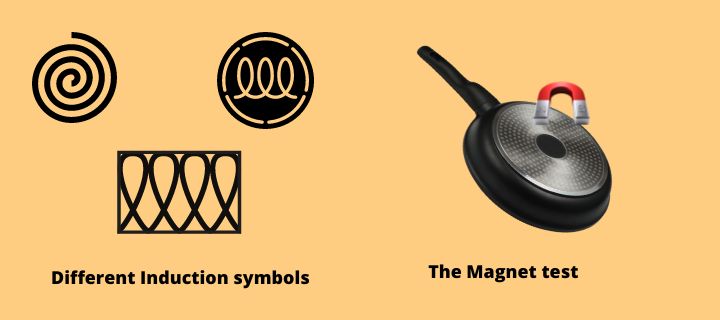
The coil sign indicates that the cookware is suitable for use on induction cooktops. But, just because this indicator isn’t there doesn’t imply the cookware won’t operate on an induction stove. Do a magnet test to be sure. Using a refrigerator magnet, check the bottom of the cookware to see whether it sticks. If it does, you can use the cookware on an induction cooktop.
How To Use Non-Induction Cookware On Induction Cooktop?
The induction cooktops need induction-ready cookware. But if you don’t have your induction-compatible cookware collection yet, there are a few ways you can use non-induction cookware on an induction cooktop.
Using Converter Disk With Non-Induction Cookware

Some Induction Converter Disks available in the market:
- Mauviel Interface Induction disk
- Max Burton Induction Interface Disk
Steps To Using Interface Disk on Induction Cooktop
Step 1: Place the induction interface disk on the induction hob. Make sure that the size of the induction disk matches the size of the hob. If the hob is turned on you will hear a humming sound.
Step 2: Put your induction incompatible cookware on top of the interface disk. The heat energy will take some time to pass from the induction disk to your cookware, so wait for some time to reach your target temperature.
Step 3:Cook as usual. Do not increase the temperature of the induction hob above the medium. You can cover your pot while cooking to increase the temperature of the food being cooked and decrease some cooking time.
Step 4: When you are done cooking turn off the induction hob and remove the cookware from the induction interface disk.
Step 5: If your heat diffuser disk has a heat-resistant handle, gently remove it from the cooktop. If your diffuser doesn’t have a handle, wait until it cools before removing it. An infrared thermometer can assist you in determining the temperature of the plate.
The Downside Of Using a Converter Disk
Some Problems with using interface disks on induction cooktops are:
Causing damage to Induction Stove
Some induction heat diffusers may not sit flat and have bottom support knobs. Unfortunately, these do not perform well with heavier induction cookware since the pressure from the cookware on these diffusers might cause scratches on the induction hob.
Some induction plates might grow extremely hot, causing your cooktop to start beeping and shut down. In the worst case, it can even damage your cooktop. Furthermore, if the plate is made of lower-quality materials that might cause burn stains and damage to your cooktop surface.
Increased Heating Time and Cooking Time
Induction interface disks uniformly disperse heat, but they might lengthen cooking time since you must first heat up the induction plate before heating up the cooking vessel.
Induction cooking is very fast but when you use the interface disk it becomes thermal conduction cooking and takes a double amount of time just to boil a single cup of water.
I had an induction cooktop in one of my rental condominiums. Because I didn’t have any induction-friendly cookware at the time, I utilized it with the induction plate. The plate did a good job of transmitting heat, but all of the benefits of induction were lost. The pots took far too long to heat up and cool down.
Eventually, I used the non-induction cookware plus interface disk less and less, and finally, those induction incompatible cookware made their way into the storage instead of the kitchen.
Damage to the Induction Interface disk
I already talked about how Induction disks can damage the induction stovetop. It’s actually true the other way too. If the interface disk is used on a high heat setting on the induction stove it may become discolored and stained.
Weight On Your Induction Cooktop
The induction disks are sturdy and made from a heavy metal body. The disk along with the cookware on top can put more weight on the induction hob. In the long run, this can scratch or damage the sleek surface of the induction hob.
Converter Disk- is it worth it?
There is a direct relationship between the amount of iron in a pot or pan and how rapidly it will heat up. Pure iron pans, such as DeBuyer’s “Mineral B” line, are the most sensitive, followed by cast iron (including ceramic-coated cast iron), carbon steel, and finally “induction-friendly” stainless steel.
I’ve yet to come across an induction interface disc made of anything other than stainless steel. They are unsatisfactory and unfairly pricey, in my view. Furthermore, selecting the appropriate pan for the appropriate heat source is much simpler.
What to do if you own an induction stovetop that doesn’t recommend the use of induction disks
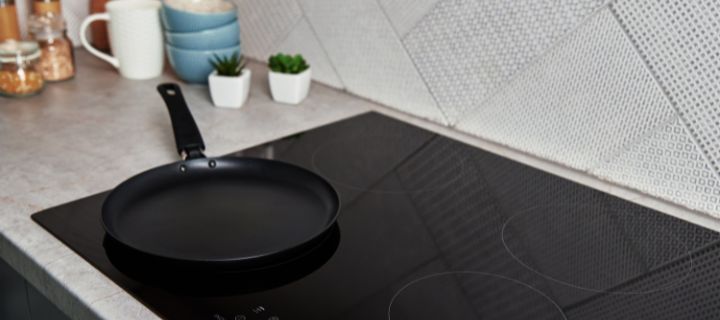
To transmit heat to non-ferrous cookware, you can use your largest cast iron frying pan, but be careful! If you use high temperatures, this can distort pans. Adding an inch or two of water to the cast iron frying pan and then elevating the non-ferrous cookware by placing it on spacers that enable the simmering/boiling water to flow beneath it decreases the chance of warping while also ensuring more even temperature distribution in the non-ferrous pot.
Some Other Hacks on the internet are not worth trying
While researching on the internet about how else one can use non-induction-friendly cookware on the induction stovetop, I came across a few other hacks to use non-induction cookware on an induction stovetop. These hacks in my opinion are not worth risking your expensive induction stovetop. I will quickly share them here so that you know what I am talking about.
Using Steel Mesh Window Screen
In this method, a steel mesh window screen is used on top of the induction hob. The cookware is placed on top of the mesh. The induction stove turns on apparently.
This method not only nullifies the advantages of induction cooking but is also a hazard to the induction cooker and cookware because the window mesh is not made to withstand high temperatures that may be reached when on an induction hob.
Using Computer Thermal Paste
Another option suggested by some websites is the use of thermal paste, which is often used in computer systems.
Thermal paste’s major function is to eliminate air gaps or voids (which act as thermal insulation) from the interface region, allowing for maximum heat transfer and dissipation.
It is designed to work in the CPU where the highest temperature that can be reached is around 110 C while a cooktop with the interface disk may reach a temperature of around 350C
This experiment shows that the thermal paste doesn’t make a difference in fact it just creates a layer on the stovetop that would be hard to clean.
Final thoughts
Summing up. If you really want to use non-induction cookware on an induction cooktop and you don’t already own a large cast iron pan then you will have to use an induction interface disk.
If you own a large cast iron pan use it as an interface disk as mentioned above. Make sure to use the disk or pan at a low to medium temperature.
What is my recommendation? Induction converter disks should only be used if absolutely necessary, as they lose a lot of efficiencies and get so hot that they can harm some induction stoves ( which do not come cheap). Acquire a portable butane stove or portable electric stove if you have any induction-incompatible cookware that you want to keep using even if you get an induction stove.
FAQs
Can you use non-stick pans on the induction stove?
Non-stick pans that have a magnetic base meaning a magnet sticks to its bottom can surely be used on an induction stove. All other pans that have Aluminum, tin, or non-magnetic stainless steel base cannot be used on the induction stove without an induction interface disk.
Can you use regular cookware on an induction cooktop?
The easiest way to use regular cookware on an induction cooktop is to use it with a diffuser disk or induction interface disk. Make sure in your induction cooktop manual that the interface disk can be used. If not then use a large cast-iron pan with some water and a spacer. Place the regular cookware on top of the spacer.
Can induction cookware be used on electric or gas stoves? Will that damage the cookware?
Induction Cookware can be used on electric or gas stoves without any problem.
What is an induction adapter?
Induction adapter, diffuser, induction plate, induction ring, and induction interface disk are different names for induction disk. They are usually made from magnetic stainless steel with an aluminum core. You can use them on your induction cooktop to make your non-induction cookware compatible with the induction stovetop.
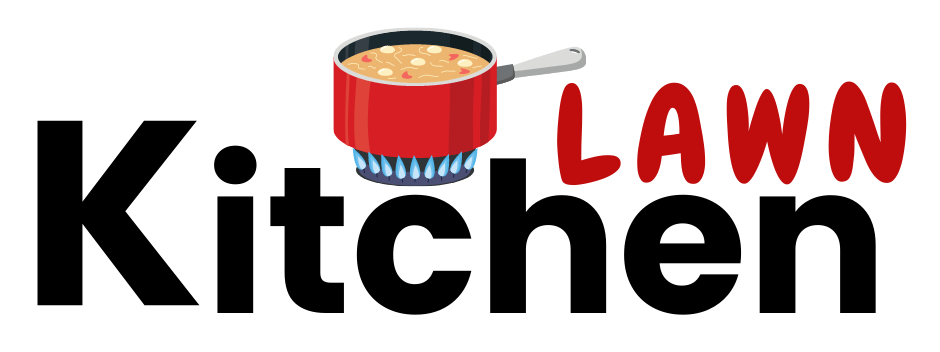
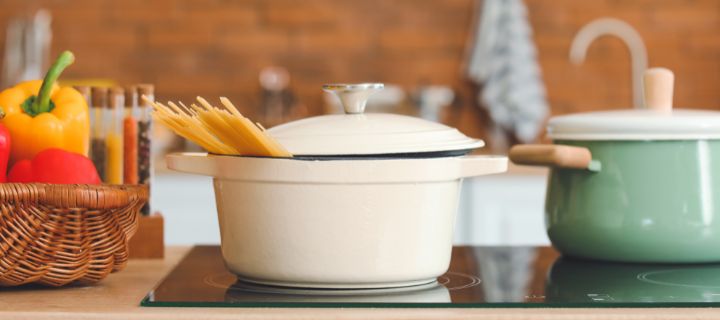
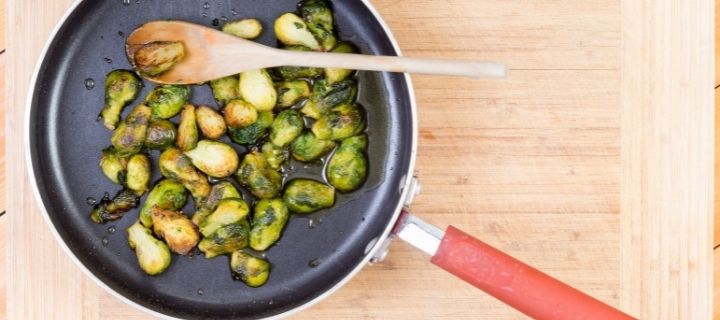
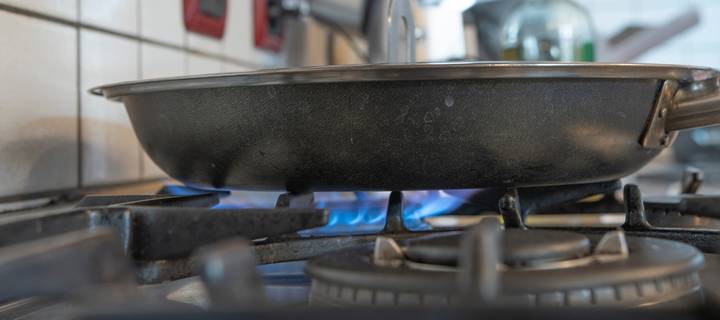
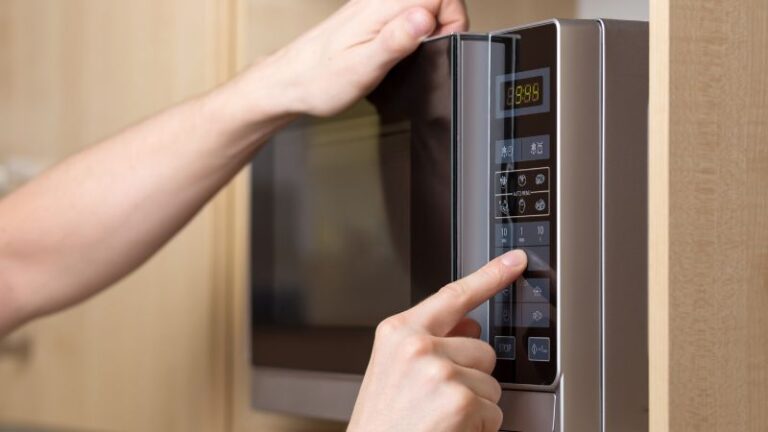
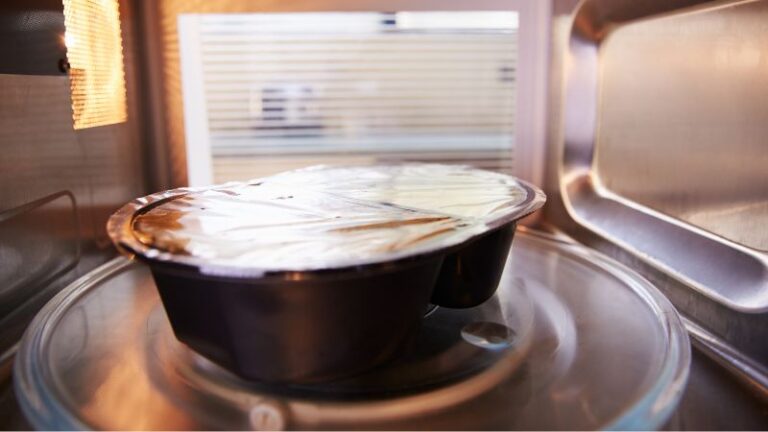
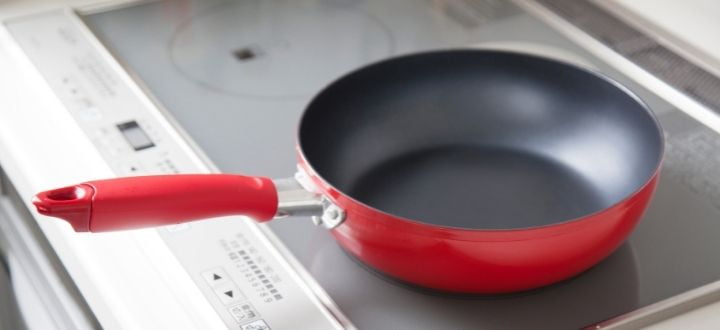
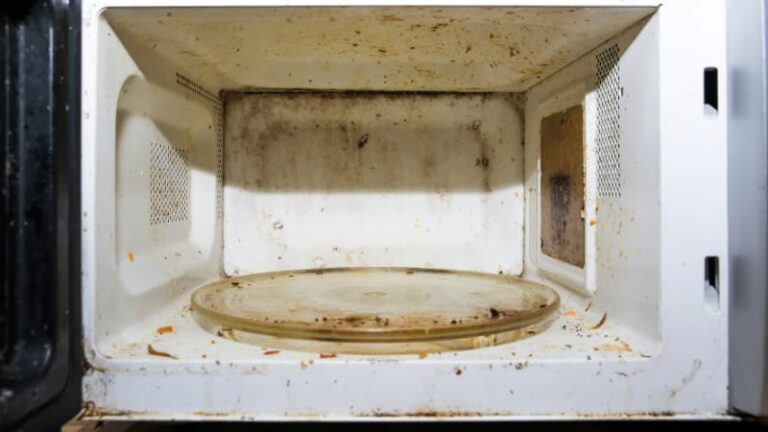
One Comment
Comments are closed.